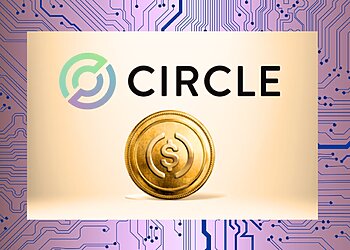Ethereum is a decentralized blockchain platform that enables smart contracts and decentralized applications (dApps) to be built and operated without any downtime, fraud, or interference. It is the second-largest cryptocurrency by market capitalization, following Bitcoin.
History & Founder
Ethereum was conceptualized in 2013 by Vitalik Buterin, a Russian-Canadian programmer who was frustrated by Bitcoin’s limitations. He envisioned a blockchain that could support more than just financial transactions, one that could act as a global computer for decentralized applications. Buterin published the Ethereum White Paper in 2013, outlining his vision for a next-generation blockchain.
Ethereum officially launched on July 30, 2015, with additional co-founders including Joseph Lubin, Charles Hoskinson, Anthony Di Iorio, and Gavin Wood. The platform introduced smart contracts, self-executing agreements written in code, which revolutionized blockchain technology.
Benefits of Ethereum
- Smart Contracts & dApps: Ethereum allows developers to create decentralized applications that operate autonomously.
- Decentralization: No single entity controls Ethereum, making it resistant to censorship.
- Security: Ethereum’s blockchain is highly secure due to its cryptographic principles.
- Ethereum 2.0 & Sustainability: The transition to Proof of Stake (PoS) has significantly reduced energy consumption.
- Interoperability: Ethereum supports various tokens and protocols, making it a hub for decentralized finance (DeFi).
Drawbacks of Ethereum
- Scalability Issues: Ethereum has faced congestion problems, leading to high transaction fees.
- Security Risks: Smart contracts are vulnerable to bugs and exploits, as seen in the DAO hack of 2016.
- Competition: Other blockchains like Solana and Cardano offer faster and cheaper alternatives.
- Regulatory Uncertainty: Governments worldwide are still determining how to regulate Ethereum and cryptocurrencies.
Mine Ethereum
Ethereum originally used Proof of Work (PoW), requiring miners to solve complex mathematical problems using GPUs. However, with the Ethereum Merge in 2022, Ethereum transitioned to Proof of Stake (PoS), eliminating traditional mining. Now, users can stake ETH to validate transactions and earn rewards. Ethereum now operates on a staking system.
Best Way to Participate in Ethereum’s Staking Mechanism

- Staking ETH: The most efficient way to earn rewards is by staking **32 ETH** to become a validator, helping secure the Ethereum network.
- Staking Pools: If you don’t have 32 ETH, you can join staking pools where multiple users contribute smaller amounts and share rewards.
- Liquid Staking Services: Platforms like Lido, Rocket Pool, and Coinbase allow users to stake ETH without locking it up, providing liquidity and flexibility.
With PoS, Ethereum is now energy-efficient, reducing its carbon footprint by nearly 99.95%, making it much more sustainable than traditional mining.
You can also check How to Mine Crypto if you want to explore mining other cryptocurrencies too.
It’s important to note that cryptocurrency remains an unregulated digital asset, not recognized as legal tender, and is subject to market risks. The information provided should not be considered financial or trading advice. CryptoNow holds no responsibility for any investment decisions made based on the content of this article.










